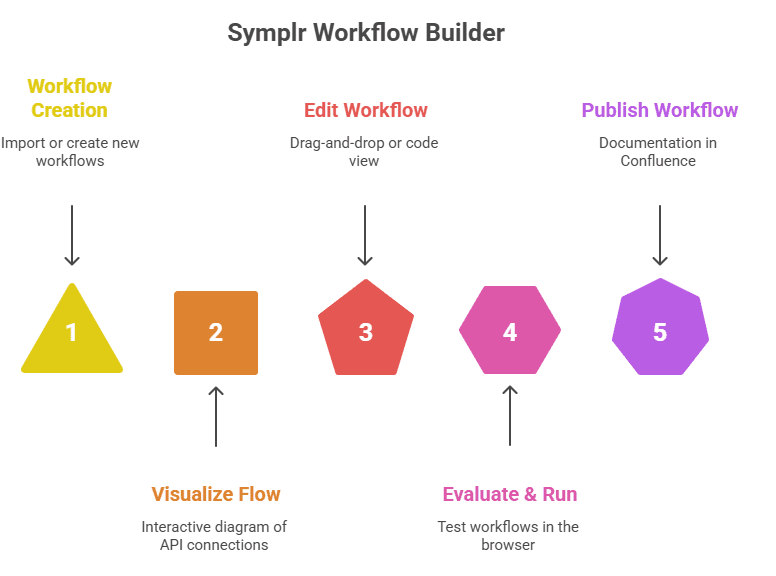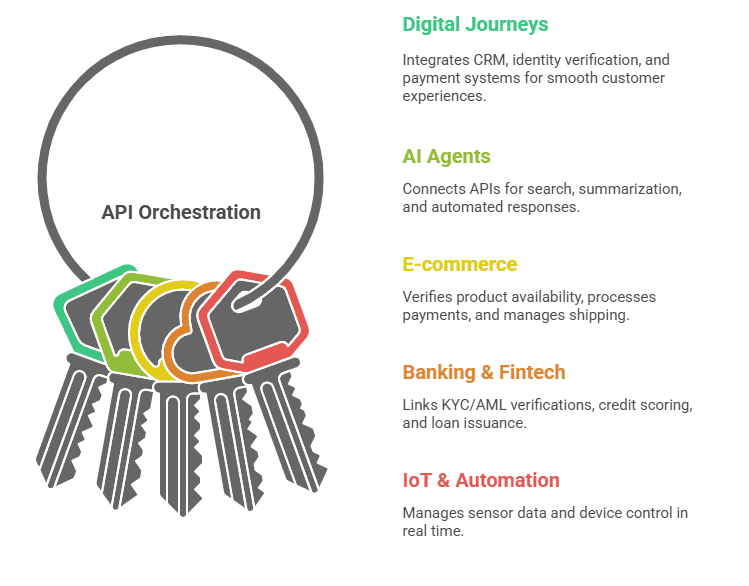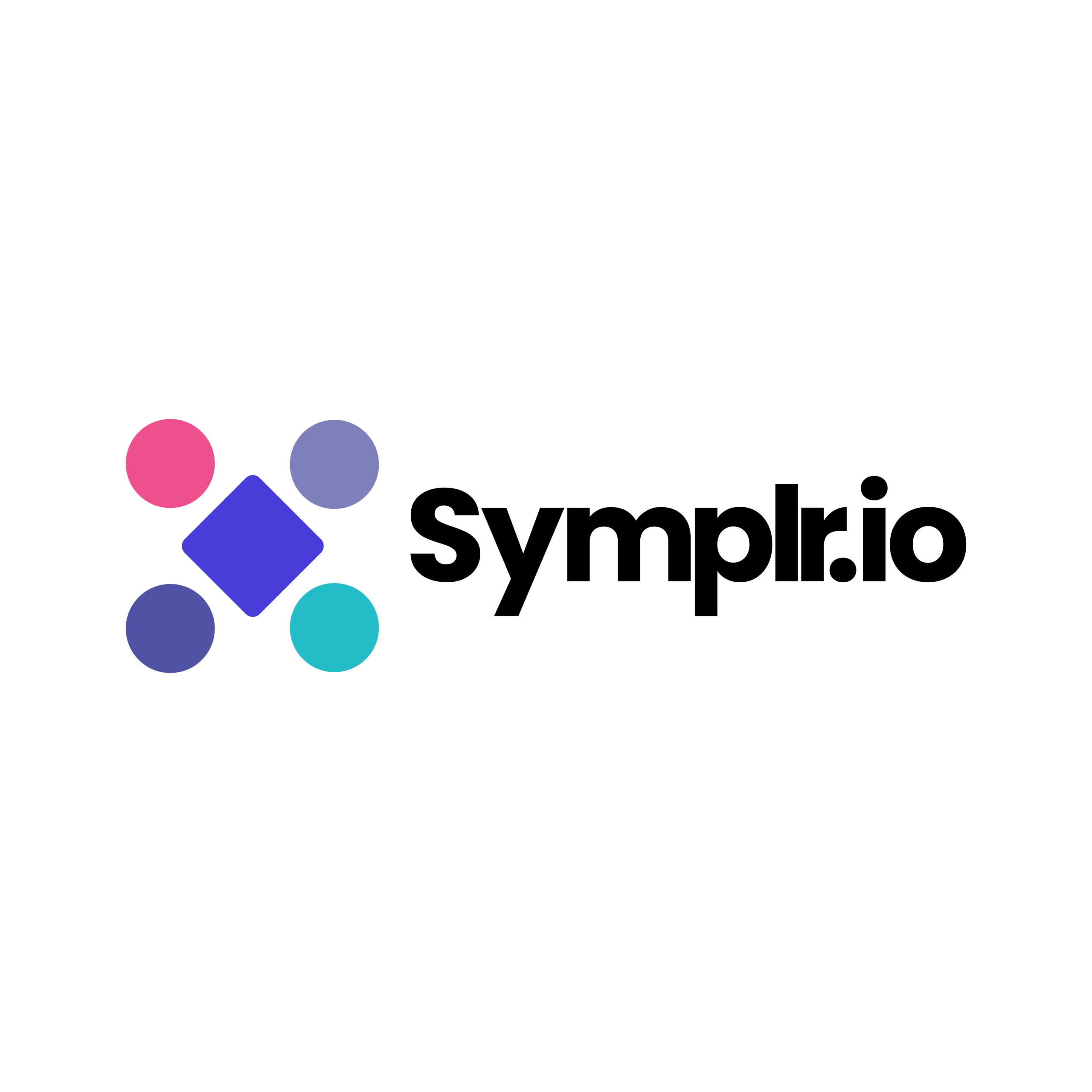
Table of Contents
Background: Arazzo, OpenAPI, and the Role of API Orchestration
OpenAPI (formerly Swagger) is the default choice standard in the world of APIs for describing individual APIs, documenting, and specifying their endpoints, request parameters, and responses. It is ideal for defining a single service but falls short when you have to define how multiple APIs collaborate to produce an overall outcome.
Arazzo is an open standard spec-designed to simulate multi-step workflows that orchestrate multiple API calls, conditional logic, and data transformations. If OpenAPI is the blueprint for a single API, Arazzo is the playbook for how APIs collaborate in sequence.
In today’s digital ecosystems, this orchestration layer is essential. Companies do not have a single API to depend on, as an alternative they connect multiple services, both internal and external, to provide smooth experiences. Arazzo allows teams to define these workflows in a structured, machine-readable format, enabling them to be repeatable, testable, and portable. in summary Symplr Workflow Builder is All-in-One Platform for Developers and Non-Developers
Why API Orchestration Matters in Modern Platforms
Previously, API orchestration was deeply embedded in backend code, difficult to document, share, and update without developers. Current digital platforms require visibility, agility, and collaboration.
API orchestration has a critical role to play:
- Digital Journeys: e.g., customer onboarding that integrates CRM, identity check / verification, and payment systems.
- AI Agents: stringing together APIs for search, summarization, data fetching, and automated responses.
- E-commerce: verifying product availability, making, and processing the payments, printing shipping labels, and sending alerts.
- Banking & Fintech: connecting KYC/AML verifications, credit scoring, loan issuance, and real-time notifications.
- IoT & Automation: managing sensor data, analytics, and device control in real time.
With great API orchestration, dispersed services transform into unified, business-ready processes.

The Symplr Workflow Builder Value Proposition
The Symplr Workflow Builder (also known as the Arazzo Editor) is designed to make Arazzo workflows accessible to both developers and non-developers. It is a visual-first, YAML-native platform that allows you to:
- Import existing Workflows or Create new Workflows: Import your own YAML/JSON/Arazzo definitions or begin from scratch using one of Symplr’s sample workflows for situations such as onboarding, payments, or AI-driven enrichment.
- Visualize orchestration flows in an interactive diagram illustrating API connections and data paths.
- Edit workflows via drag-and-drop or code view for full control.
- Evaluate and run workflows directly in the browser.
- Publish workflows as documentation (e.g., in Confluence).
- Export production-ready code for direct application integration.
With open standards compliance and low-code usability combined, Symplr makes your API orchestration layer run, easy to maintain, and future-proof.
Step-by-Step: Using the Symplr Workflow Builder
Step-by-Step: Deploying and using the Symplr Workflow Builder
- Import Existing Workflows or Create New Workflows
To initiate a new orchestration, either import an existing workflow or build one from a Symplr template. If you have an existing workflow already defined in YAML, JSON, or Arazzo spec, simply upload it:
- Drag-and-drop or pick the file.
- Automatic validation to Arazzo 1.0.0 compliance.
- Instant visualization converts code into an interactive diagram.
Great for migrating from legacy orchestration solutions or simplifying existing workflows.
Creating a Workflow from a Template
Building a Workflow from a Template
If starting fresh, choose from Symplr’s library of sample workflows:
- Digital Journeys – onboarding with ID verification
- Payments & Banking – payment initiation + KYC
- AI Agent Flows – multi-step AI API chaining
- E-commerce Automation – inventory check + order creation
Templates provide you with a working foundation that you can visually or code-wise customize.
Pro Tip: You can combine templates with imported workflows to build hybrid orchestrations.
2. Visualize the Workflow
Once loaded, the builder displays your workflow as a visual diagram:
- Nodes show workflow steps like API calls or conditions.
- Branches represent decision logic.
- Connections map the data flow between steps.
This makes complex API orchestrations easy to explain, debug, and refine; perfect for cross-functional teams.
3. Execute and Test the Workflow
Use the built-in test environment to validate logic:
- Run workflows with mock or live APIs.
- Enter sample data to test conditions.
- Trace execution paths in real time.
- Review detailed request/response logs.
This ensures your orchestration behaves correctly before deployment.
4. Publish and Share via Confluence
With one click, publish your workflow directly into Confluence:
- Embed the diagram and YAML definition.
- Allow teams to comment and collaborate.
- Keep documentation synced with the latest version.
This creates a single source of truth for your orchestration logic.
5. Download Code for Production Use
When approved, export your workflow:
- As YAML, JSON, or Symplr SDK-compatible code.
- Commit it to Git for version control.
- Extend it with custom code while retaining visual model sync.
This bridges the gap from design to deployment without rework.

Conclusion
In today’s API-driven economy, orchestration is the glue that holds digital experiences together. The Symplr Workflow Builder integrates the Arazzo open standard with a low-code, collaborative platform so developers and non-developers alike can build, evaluate, and deploy orchestrations with velocity and assurance.
From bringing in a workflow to publishing and exporting for production, Symplr provides an end-to-end orchestration platform that makes API integration transparent, efficient, and future proof.
What’s the difference between Arazzo and OpenAPI?
Arazzo describes how to combine and sequence API calls into a complete workflow – like planning your dining experience – while OpenAPI is the menu that lists each dish (API) and its details.
Think of OpenAPI as a restaurant’s menu. It lists all the dishes (API endpoints) you can order, along with their ingredients (parameters), preparation details (methods), and what you’ll get when it’s served (responses). The menu tells you what’s available and how each item works, but it doesn’t tell you which dishes to choose or in what order to eat them.
Arazzo, on the other hand, is like your dining experience. It guides you through a sequence: start with a drink, have an appetizer, choose your main course, and finish with dessert – sometimes making choices along the way (e.g., “If there’s cheesecake, order it, otherwise get ice cream”). It can even adapt your wine choice based on the main dish you select – red for steak, white for seafood. Arazzo connects multiple “menu items” (API operations) into a complete, goal-driven journey, describing how to use APIs together in a step-by-step workflow.
Can Arazzo handle API call failures gracefully?
Yes. Arazzo supports building resilient workflows with built-in failure handling. You can define Failure Action Objects for any step, specifying what to do if it fails – such as retrying the API call a set number of times, switching to an alternate workflow for recovery, or gracefully ending the process with an error message.
Example: If a payment processing API call fails due to a network timeout, the workflow could automatically retry twice. If it still fails, it could trigger a backup payment provider API, or route the user to a “Payment Failed” screen with guidance on next steps.
This approach ensures that even when an API call goes wrong, the overall workflow remains predictable and robust.
Arazzo can retry, reroute, or gracefully exit when an API step fails – keeping workflows reliable and user-friendly.
How does the Symplr Workflow Builder for Arazzo help with API orchestration?
Design visually, validate precisely, generate code instantly, and share workflows effortlessly – that’s Symplr Workflow Builder for Arazzo.
The Symplr Workflow Builder offers a visual, no-code environment for orchestrating APIs into seamless workflows. It not only lets you arrange steps in sequence or parallel but also defines success criteria for each step – checking HTTP status codes (e.g., 200 OK) and validating specific JSON fields with runtime expressions. This ensures the workflow proceeds only when the right data is returned, making it precise, reliable, and resilient.
Beyond orchestration, Symplr accelerates development by generating ready-to-use code from your workflows, so you can move from design to implementation instantly. It also allows you to publish and share workflow documentation directly to platforms like Confluence, keeping your team aligned and your API processes transparent.
Example: If an “Order Status” API returns status: “shipped”, the workflow can continue to send a tracking email. If it returns anything else, it can retry, pause, or branch into a different process.
